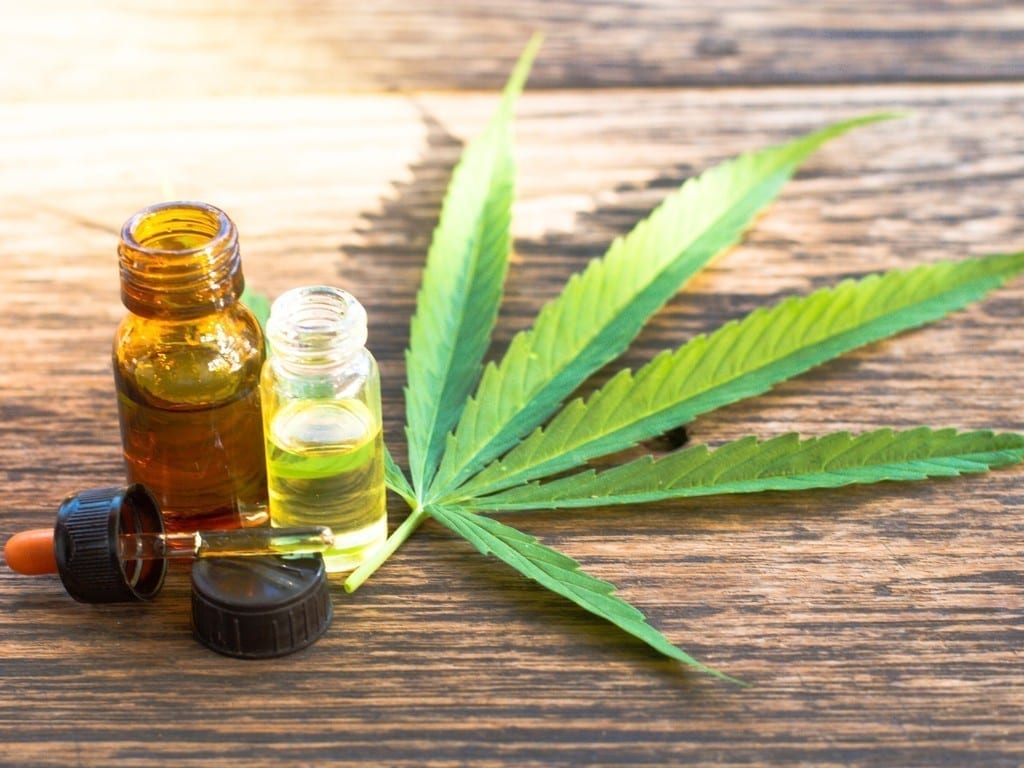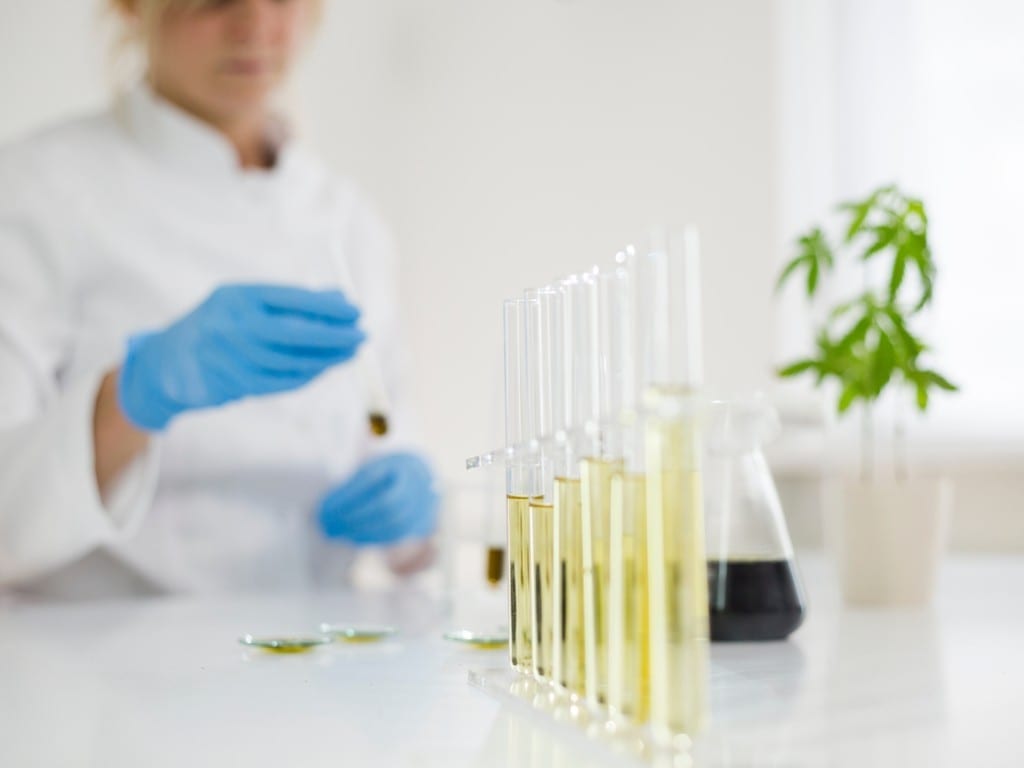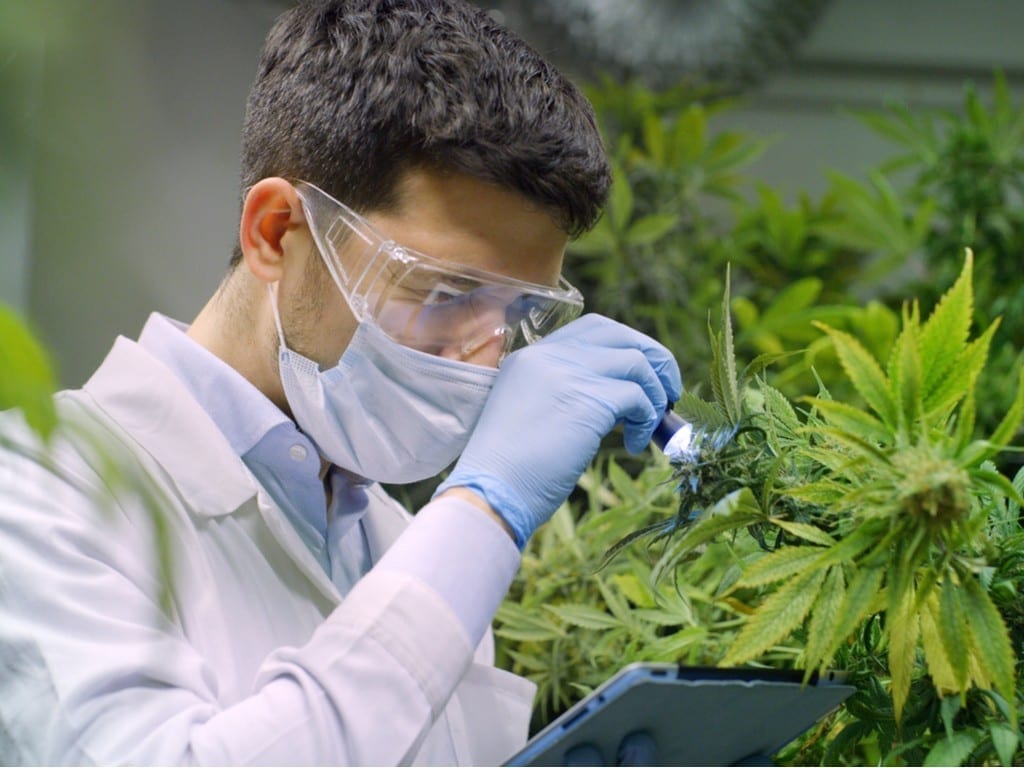This article has descriptive and informational purposes and is neither aimed to popularize prohibited substances nor to call upon any kind of violation of the drug control policy of the Russian Federation and/or any other state.
Although cannabis is gradually regarded in a more liberal way in an increasing number of countries, its use for both medical and recreational purposes is still provoking strong controversy. In 2019, the volume of the global legal marijuana market amounted to 22.9 billion US dollars with more than 50 countries taking the path to decriminalize marijuana. Meanwhile, the turnover on the black market is 20 times larger than the legal sales. In Latin America, where this controversial commodity is closely linked to bloody drug cartels, approaches to regulation differ. However, investors keep an eye on the market and expand regional activities.
Formally, as regulated by international law, cannabis and its resin belong to the same category of substances as cocaine and opiates. Still, some States adopt policies that decriminalize and legalize marijuana. Additionally, the international legal status of the substance is proposed to be revised by the World Health Organization (WHO): last year it came up with the initiative to exclude cannabis and its derivatives from Schedule IV of the UN Single Convention on Narcotic Drugs (1961). Due to the fact that cannabis belongs to the category of dangerous substances from Schedule IV, its widespread use is quite limited, since the norms of the Single Convention prohibit its production, processing, export and import, trade, storage or use, except for clinical trials and research work carried out under strict supervision and control.
Uruguay was the first country where cannabis went legal since 2013: both therapeutic and recreational (personal) use were legalized on a national scale. Citizens and permanent residents are allowed to cultivate several plants and purchase up to 40 grams of marijuana monthly after being dully registered. Consumption increased significantly after the easing: from 5% of the population openly stating it in 2006 to 15.4% consumers in 2016. At the same time, only a third of cannabis smokers followed the legal option: the black market is still active, but, according to official estimates, it has decreased by 22 million US dollars a year.
Canada and a number of US states have introduced regimes quite alike to the one in Uruguay. As to other countries in the Latin American region, they stay quite conservative. Consumption and circulation are prohibited in Bolivia, Guatemala, Honduras, Nicaragua, Venezuela, Cuba and the Dominican Republic. So far, only nine countries in the region have joined Uruguay in its way to commute sectorial regulations: the therapeutic use of cannabinoid-based medications is permitted to some degree (and based on a doctor’s prescription) in Argentina, Paraguay, Chile, Peru, Ecuador, Colombia, Mexico, Jamaica and Puerto Rico. Recreational consumption is restricted in these countries (just as in Costa Rica and Panama), still, research and use as an ingredient for pharmaceuticals are considered legal activities. In Colombia, Peru and Paraguay, companies can even cultivate cannabis on an industrial scale to supply the pharmaceutical industry and studies.

The most active reforms regarding the status of cannabis and its use for personal purposes began in Latin America in 2015 and were mostly aimed to decriminalize domestic cultivation (coupled by an obligatory registration of the so-called farmers). So, it is allowed to grow several bushes of the fragrant plant and have a small personal storage of marijuana in Jamaica and Trinidad and Tobago. In Mexico and Colombia, a similar approach to cultivation has been actively discussed at the government level in recent years.
On their way of gradual regime-softening of the cannabis industry, Latin American governments do recognize that new measures should address the problem of drug trafficking and related violence and corruption. In addition, with the growing global demand for cannabinoids (cannabis extracts and substances) for the production of pain relievers and sedatives, suppliers from Mexico, Colombia, Ecuador and Peru are well-placed to occupy a legal niche in the emerging supply chain. As a matter of fact, these countries have the necessary production and marketing infrastructure. Another issue is its transfer to a transparent legal field avoiding waves of violence and new drug wars.
An unambiguous legal framework supported by a transparent control system in the fields of cultivation and circulation of cannabis substances (including not only the plant itself, but also its resins, oils and tinctures used in the production of drugs) can support local indigenous peoples involved in agriculture activities and support the growth of small and medium enterprises. Currently, most of the producers living in rural areas are integrated into illegal supply chains and are under the control (and constant threat) of drug cartels. As of 2018, only 40 Latin American businesses have received licences for the industrial production of marijuana.
The accessibility to the North American markets and high competitiveness contribute to the spread of an educated and ethic approach to production and consumption of marijuana. Low production costs (about 0.5 US dollars per gram of cannabis) owing to climatic factors allow Latin American producers to compete with growers from Canada and the United States, where per gram production costs are not lower than 2-2.5 US dollars. In addition to therapeutic uses and possibly wider recreational use (in the foreseeable future…), cannabis products can be used in cosmetics, food and beverages. Opportunities are even wider when a sustainable and circular approach to manufacturing is implemented: biomass and organic waste could become materials for degradable packaging, textiles and biofuels (both liquid and pellets).
In this context, Canadian companies are the most active sectorial foreign investors in Latin America. Thus, in 2018 the Ontario-based Aphria closed a deal to acquire the cannabis-related assets of the biopharmaceutical company Scythian Biosciences Corp in Argentina, Colombia and Jamaica. With an investment of over 300 million US dollars, Aphria plans to expand the export of plant parts and cannabinoid oils, using high-tech cultivation and processing methods in production. Chemesis International, another multinational Canadian holding, has acquired over 10,000 acres in Colombia to expand its cultivation facilities in addition to the 1,000 acres that are already under use. Chemesis International is a full-cycle cannabis manufacturer with plantations in Latin America, manufacturing sites in the United States and branded retails chain in the US and Puerto Rico.

It is obvious that any business related to psychoactive substances remains a high-risk field, both in financial and personal security terms. While the United States, Canada and a number of European countries have already built a relatively stable, controlled and transparent system for the circulation of cannabinoids, it would take several long years for the Latin American governments to introduce strict and efficient measures supported by a safe legal climate.


